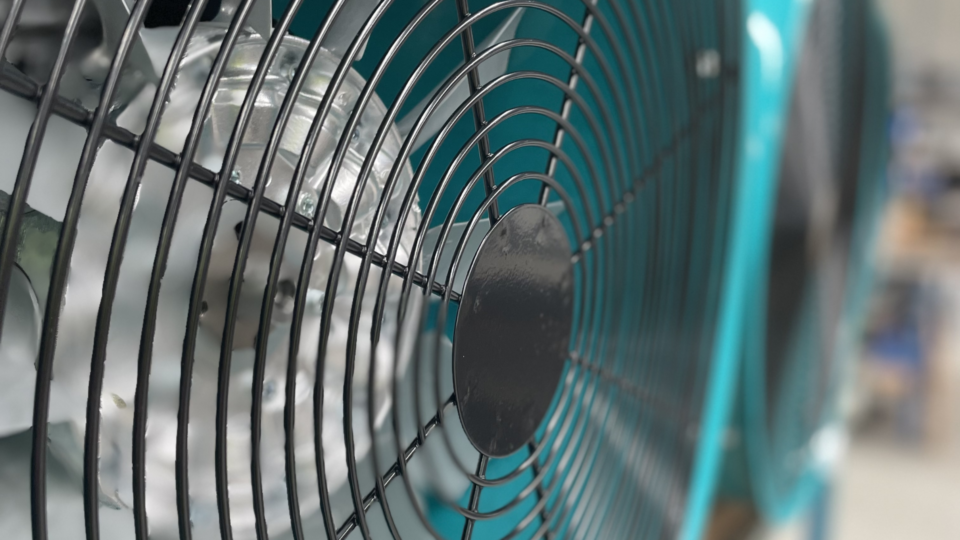The human body has many ways to release excessive heat and maintain an ideal core temperature between 36°C – 37°C. In the battle against rising temperatures, the heart accelerates its beat, accelerating blood circulation throughout the body, and delivering heat to the skin for evaporative cooling, thereby providing relief. Nevertheless, there is a limit to the amount of heat that the human body can withstand and given the unique nature of the body’s cooling system and the inherent diversity among individuals, there is no universal temperature threshold for heat stress that applies to everyone.
What is heat stress and which workplaces are the most vulnerable?
Heat stress occurs when the body’s internal temperature rises uncontrollably, leading to an accumulation of heat. Prolonged exposure to high temperatures or hot environments makes it increasingly difficult for the body to regulate its temperature, resulting in a dangerous build-up of heat. This spike in core temperature hampers the body’s ability to function properly and can potentially lead to cramps, exhaustion and sometimes stroke. More about signs of heat stress in our article.
Common industries and workers at risk.
The causes of heat stress can be attributed to hot weather with elevated temperatures and air humidity, as well as elevated indoor temperatures caused by factors like inadequate air conditioning or ventilation. Certain occupations, such as firefighters, miners, construction workers, farmers, athletes, bakers, kitchen and laundry workers, metal workers, and factory workers, are at a higher risk of heat stress. Jobs that require heavy protective equipment, hindering heat loss through perspiration, and lack of hydration stations also contribute to heat stress.
How to ensure the employees’ wellbeing during heat?
The primary duty of the PCBU is to take all reasonable steps for heat stress prevention. This may involve cancelling specific tasks, rescheduling work to cooler times of the day, or waiting for the heat to subside. If it is not possible to completely eliminate the risk, the PCBU must minimise it to the greatest extent practicable. In addition to the typical practices, it is crucial to:
- Ensure easy access to refreshing cold water
- Provide a shaded area to protect the working space
- Establish regular intervals for breaks
- Prepare appropriate clothing that suits the hot weather conditions
How to prevent heat stress in the workplace?
Workplace heat stress prevention goes beyond simply staying hydrated and taking breaks. It also involves implementing measures to control and eliminate heat, provide airflow and supply fresh air ensuring the comfort and well-being of employees and the overall work environment.
Installing fans that facilitate air circulation and cooling not only helps regulate the temperature but also increases productivity by enabling faster evaporation of sweat from the skin. Additionally, high-traffic, manufacturing and processing workplaces require effective ventilation systems to ensure both temperature comfort and optimal airflow to control humidity, exhaust heat and odours. Discover more about cooling solutions for industrial workspaces in this article.
There are multiple types of fans that can be used for each workplace serving a unique purpose such as regulating temperature, providing cooling, eliminating heat and humidity, removing air contaminants, odours and fumes. By carefully selecting the right fan, you can ensure a comfortable and productive environment for yourself and your team.
So, whether you’re seeking relief from the stifling heat or simply looking to enhance air quality, explore Fanquip’s range of products for Industrial Cooling & Air Filtration and discover the perfect fit for your workplace.
